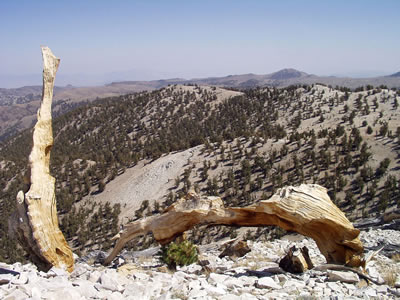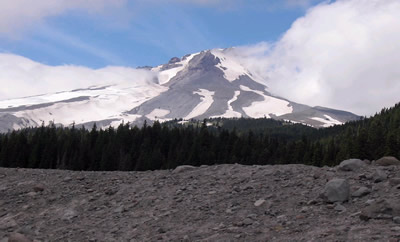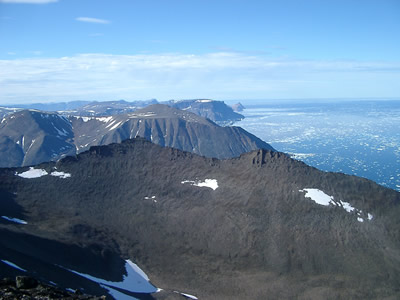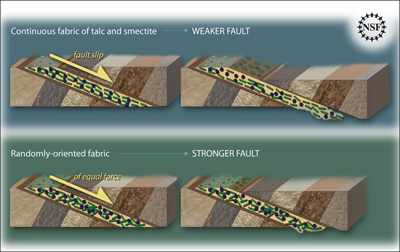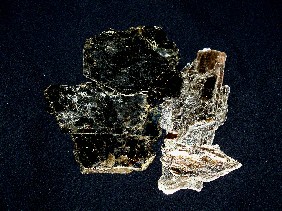Click on image for full size
Image Courtesy of Matthew Salzer, University of Arizona
Growth Spurt in Tree Rings Prompts Questions About Climate Change
News story originally written on November 13, 2009
Studying tree rings doesn't only tell us the age of that tree. Tree rings also show what climate was like for each year of a tree's life, which means they can tell us about climates of the past and about what we can expect in the future. Matthew Salzer and Malcolm Hughes, scientists from the University of Arizona's Laboratory of Tree-Ring Research, have studied tree rings from bristlecone pine trees at high elevations. They are trying to find out why these trees have had a huge surge in growth in the last 50 years.
"We've got a pretty strong pointer that temperature plays a part in this," said Malcolm Hughes. "So the puzzle is, why does it play a part in it for the trees near the treeline and not for those only 300, 400 feet lower down the mountain than them?"
To solve that puzzle, the research team took core samples from living and dead trees which were well preserved in the cold, dry climate existing at the high elevation. They were able to chart ring width going back 4,600 years. They found that the bristlecone pines at treeline grow faster when temperatures are warmer. Trees that are lower down the mountain grow faster with higher amounts of precipitation and when temperatures are cooler. In other words, it's the chilly mountaintop climate that has been limiting growth for these particular trees. The researchers say that this strongly points to warmer temperatures as a cause of the recent surge in growth for bristlecone pines.
"What it means for the mountains, and the mountain environment, is probably treeline will be moving up, and there are some indications of that occurring," said Matthew Salzer. "Other animal and plant species will have to shift up to accommodate the changing conditions."
They said that this could also impact humans in the future. High mountains store water as snow throughout the winter. If the amount of time that there is snow on the mountains is reduced, more precipitation will come down as rain or will evaporate and will take away from water supplies.


